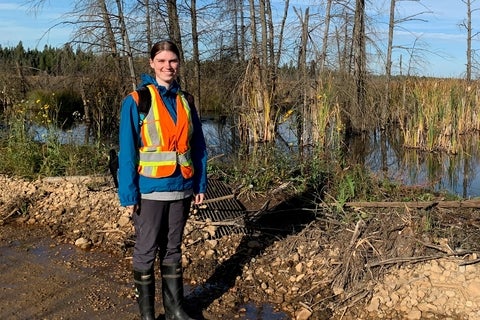By Kayla Martin
Can-Peat is a newly designed project that aims to bring together researchers and peatland experts to reduce the uncertainty surrounding greenhouse gas emissions from peatland management actions. Can-Peat has five main objectives, and each is in various states of progress. The first objective is to create a Canadian peatland research network by bringing together peatland experts with diverse backgrounds. At the Can-Peat kickoff conference on Jan 31st representatives from multiple universities, advisory groups, conservationists, Indigenous communities, and stakeholders along with many others met to discuss the future of Can-Peat, including ways of effective knowledge mobilization. The second is to create a data repository on peatland carbon, GHG exchange, and supporting data in Canada. Data is currently being compiled by individual researchers and groups with the aim of combining all of the data into a single data repository that is user-friendly and easily accessible. Objective three is to use the data repository to develop and advance models of carbon cycling in peatlands on a nationwide scale. Objective four will use information gathered from other objectives to develop a decision support framework for peatland management based on the modelled data. The last objective is to communicate these findings to the partners and provide the necessary tools for climate-friendly peatland management GHG emission reporting.
My work focuses on the second objective of developing a data repository. For my data compilation, I am combing peatland carbon data from six sites across Alberta and Quebec with more sites to come. Early results showed that gross photosynthesis was greater in natural plots than in unrestored or restored plots. Restoration reduced ecosystem respiration when compared to unrestored plots, resulting in a reduction in net CO2 emissions. Another finding was that the amount of vegetation cover was correlated with the carbon exchange, indicating that mapping the return of plant cover at both unrestored and restored sites may be an effective way to estimate site-scale carbon fluxes. These results can be used to validate processed-based models for carbon cycling in restored peatlands, contribute to national greenhouse gas emission estimates, and be used for greenhouse gas emission offset protocols related to peatland restoration. Can-peat is still in the early stages and has the potential to rapidly grow to have a significant impact on decreasing the uncertainty of GHG emissions and improving peatland management decision-making.
